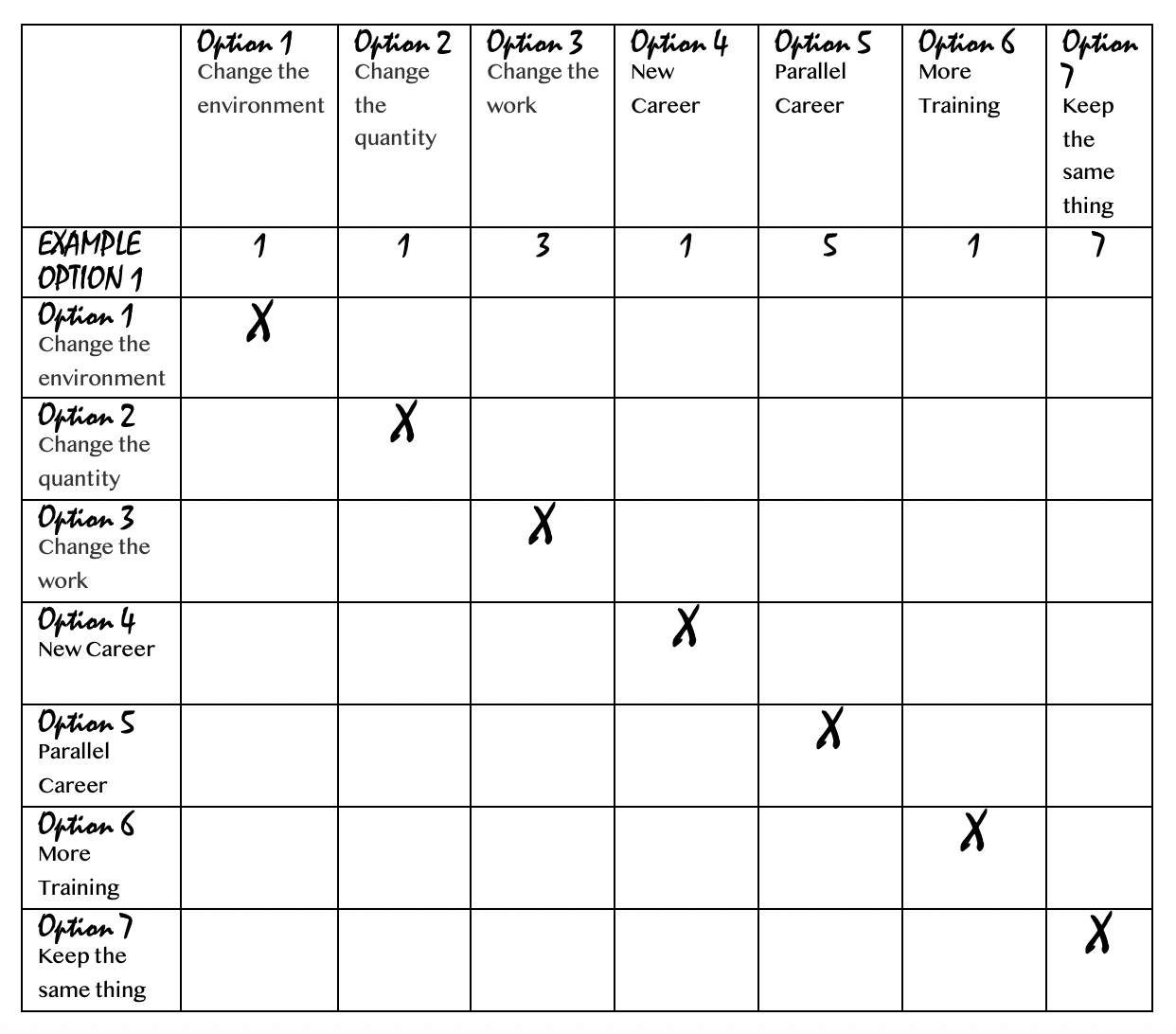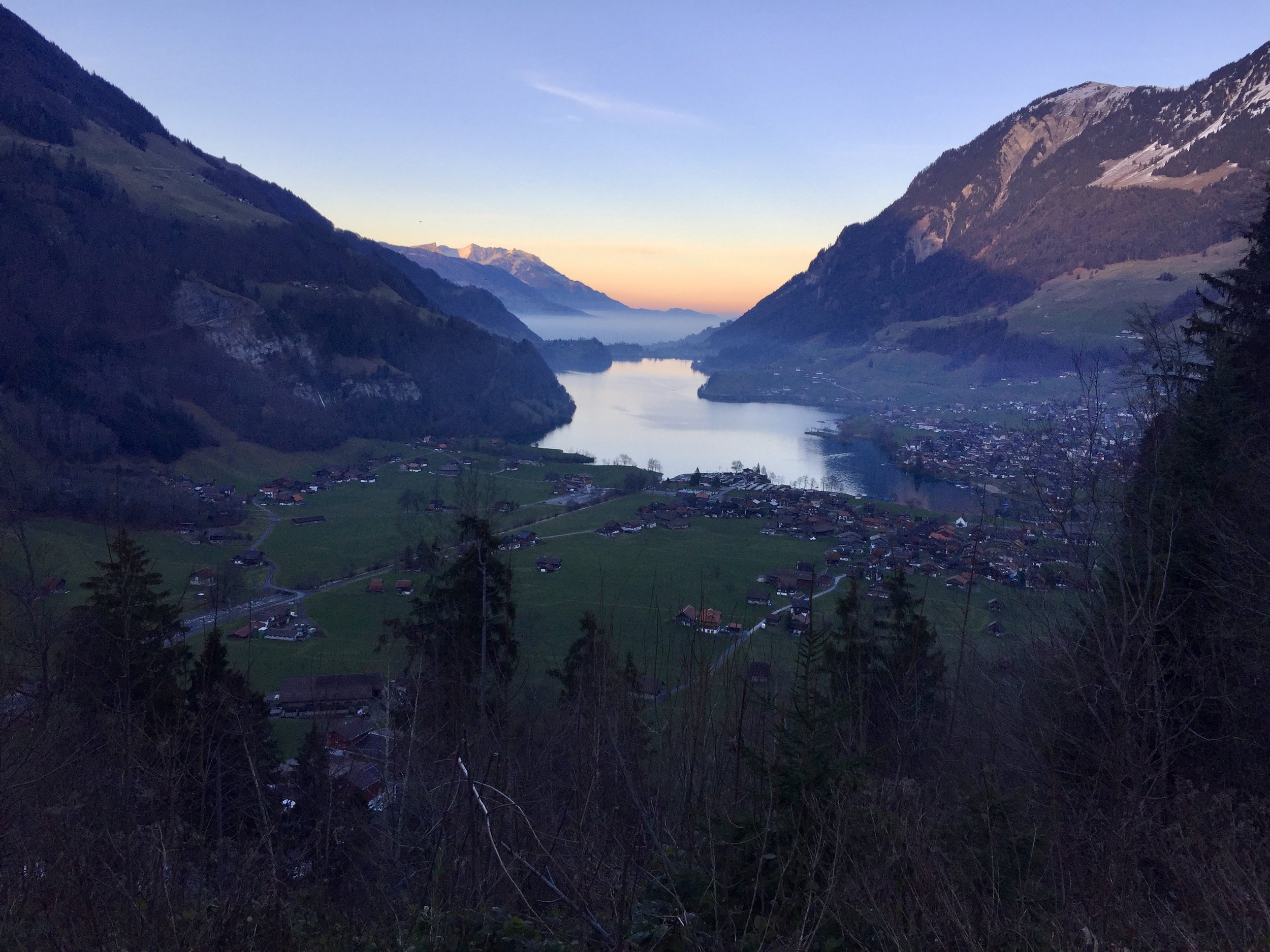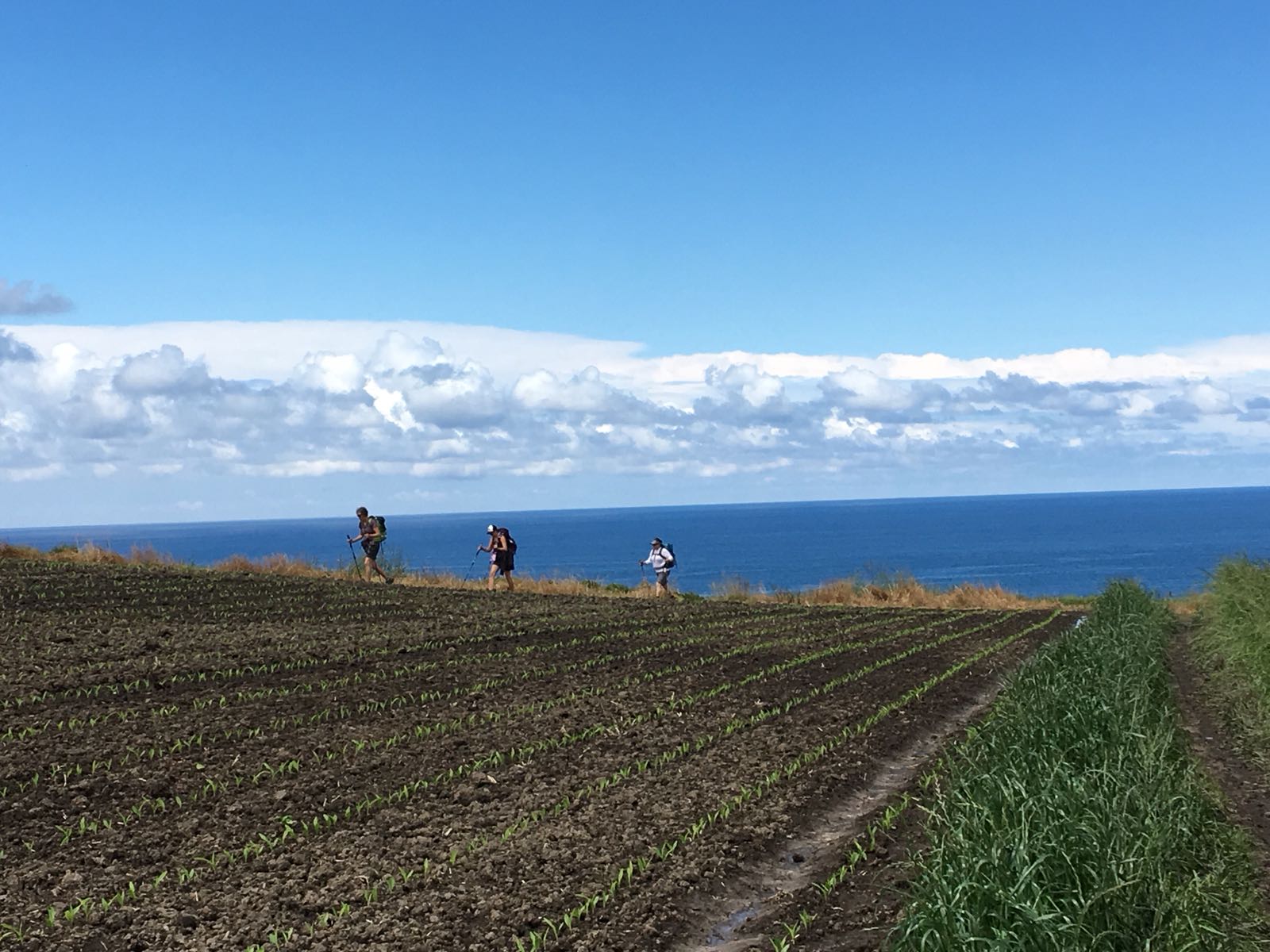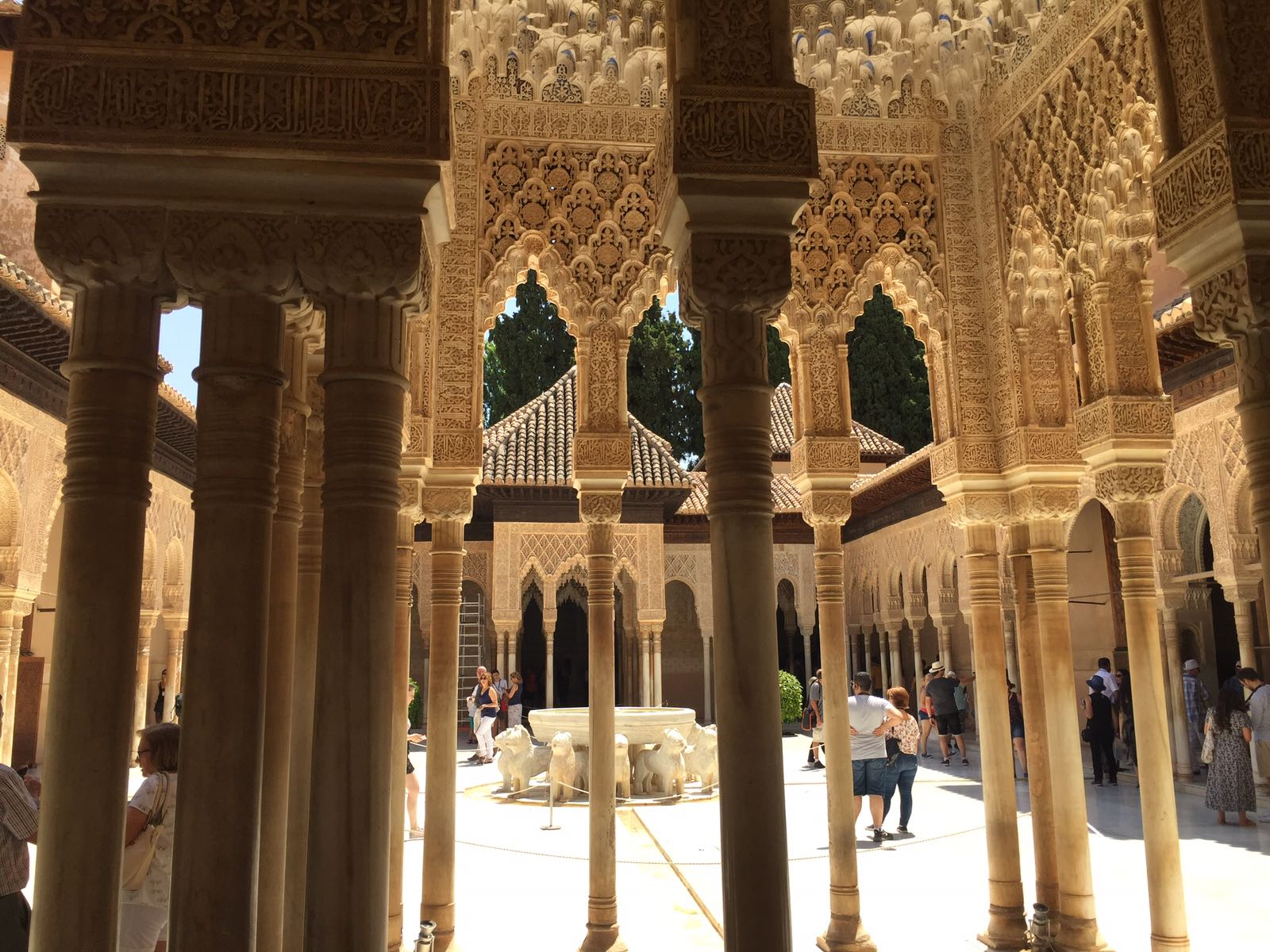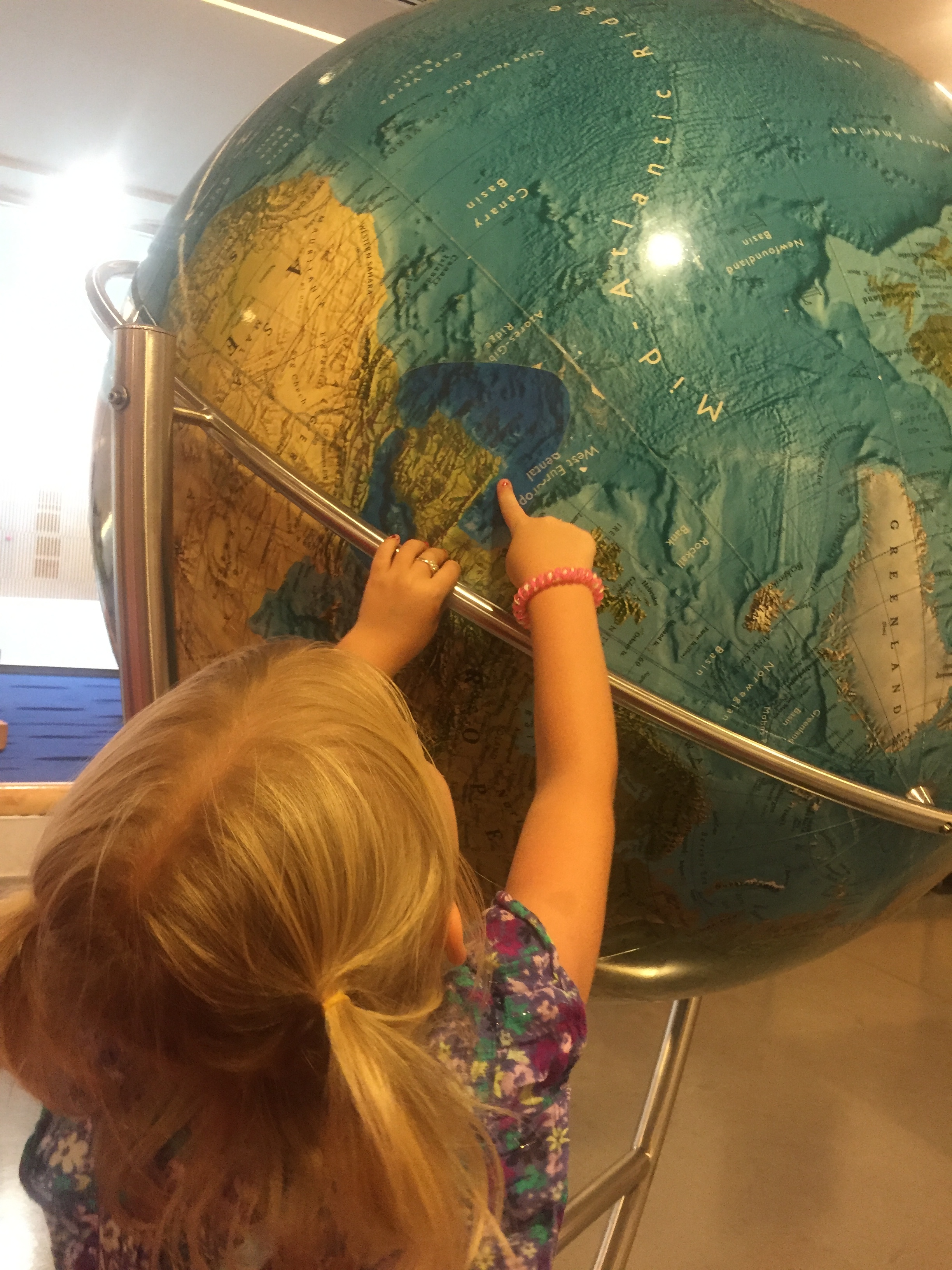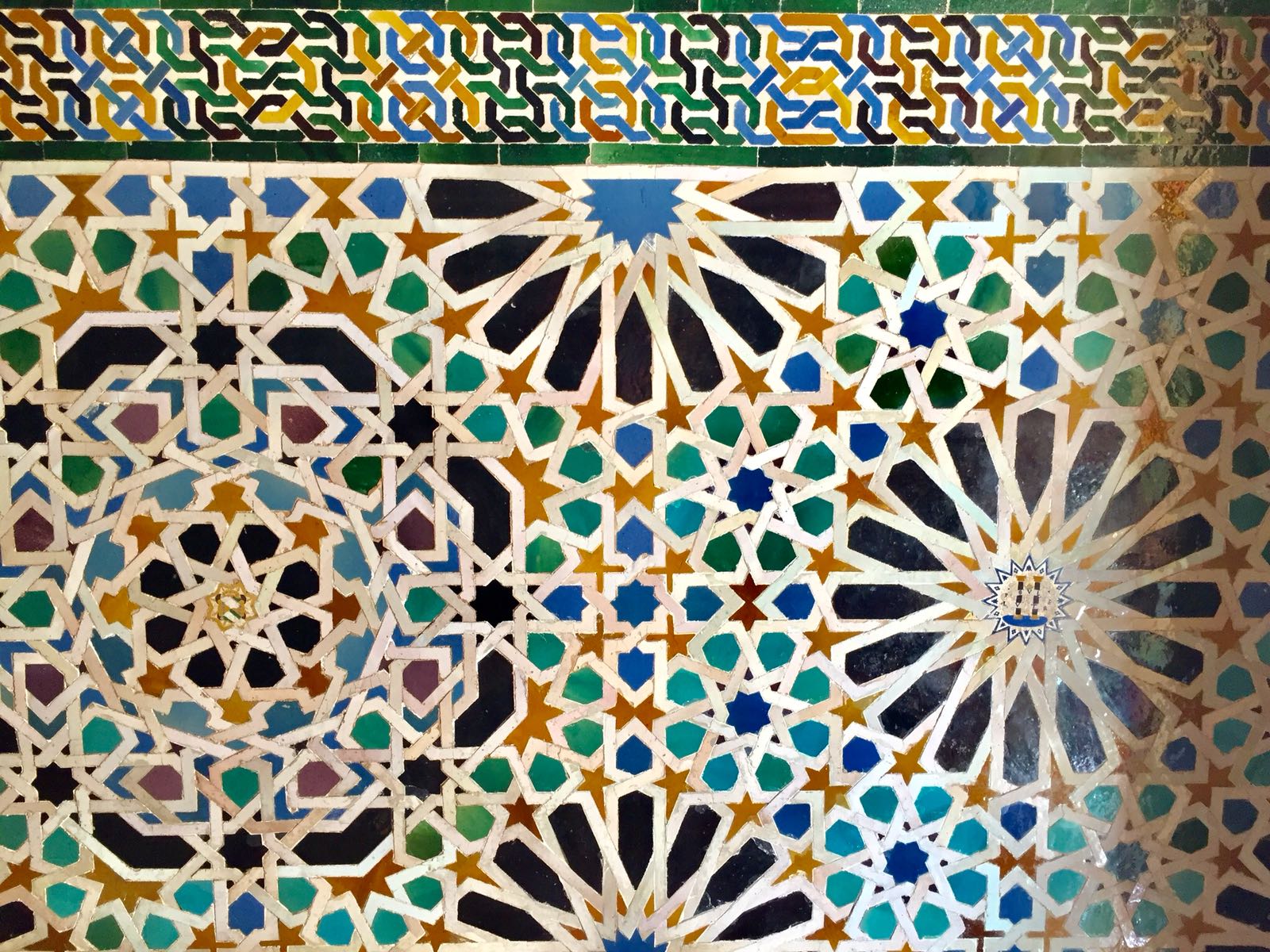Sharing Difficult Transition Stories
“How do I tell our transition story? I want to honor all parties involved and recognize my boundaries in sharing the truth and yet be honest and transparent at the same time.”
When we use the words “transition story” we are referring to giving language to the reason for a change in role, organization or geography. The important details of why there will be a shift in your life and potentially the lives of those around you. A transition story involves unpacking the why and the what with a variety of audiences - a supporting church, friends, family, neighbors, and donors.
With over a decade of being a transition coach, we recognize that the most difficult transition stories to discuss are those that include interpersonal conflict. It’s no wonder that people feel guarded or even paranoid about what information is being relayed. This type of transition story is what we are referring to here.
Seldom are transition stories clear, concise and neutral. On the contrary, the why behind a transition is typically laden with a broad mix of emotions, secrets, conflict, chaos and confusion. Often, the narrative includes fuzzy details and if told by the other party may sound as if two people took a vacation to two different destinations. The stories just do not match.
When I went through my painful transition several years ago, a wise counselor said to me, “Sara, you can’t worry about what the others involved are sharing. But you can be fully responsible for how you frame your story. You can control what you share and the posture you choose to share it from.”
Ultimately I was being invited to consider what words I would share and with whom. I so desperately sought to be understood, but I determined early on that I would NOT go to great lengths to search out who knew what and if it matched my version of the stories. I set out instead to share honestly, authentically and without suffering from a vulnerability hangover! You know the feeling - the check in your spirit in hindsight when you wish you would have kept your mouth shut. You wish you could take the words back, but you can’t. I so deeply desired to walk away from every conversation feeling as though I spoke with integrity and honored all parties involved and my story as well. Honestly, I didn’t always do this well…
What this meant in summary was keeping the story brief and choosing my listeners as they chose to listen to me. Not everyone heard the same amount of the story. I shared general information with some and deep feelings and pain with others. I reserved the details for those who knew me well and could hold the value of this narrative in the greater picture of my life and our relationship and in confidence. The story did not change, the amount of details and the way I described it did. Speaking with integrity and honor was my pursuit for justice in an unjust situation!
—————————————-
As third-party transition coaches at The Way Between, we frequently find that people seek us out as a safe space to talk about their confusion, stuckness or conflict without us knowing their organizational dynamics and overlaps. When we have affiliation with an organization, we try to refrain from over-relating or projecting our experiences. We want to maintain a safe healing space for all parties involved. When I ask certain questions, or mention certain names, I must be aware of my own curiosity versus having the best interest of all parties in mind. Recognizing the way I may trigger someone with the simple mention of a name.
When we previously offered these same services internal to a larger organization, we often found ourselves pulled between relational loyalty - unable to authentically serve in that position. A simple mention of the word “boss” or “president” may mean that you know exactly who the person was struggling with and likely heard rumblings of his/her side of the story, if not firsthand, as well. And if you did know the person, you likely had feelings or bias. In dual-relationship care professions it remains challenging to remain a neutral, caring, un-biased listener.
Getting clear on the message you want to communicate and to whom, will dictate how you navigate transition well. For your discernment, consider these three categories when giving voice to your experience – simply to whom, how, and what will you share:
1. TO WHOM DO YOU SHARE - Who is this audience to me and the other important figures involved in my story? How is this person I’m sharing with related to the information of my story? What will they do with the information that I share? Is this a confidential relationship? Do they have a history of keeping it confidential? Do they have my best interest in mind?
You may find that thinking through the following parties may benefit the framing of your narrative.
a. A key decision-maker such as a boss or supervisor
b. An involved party who may or may not understand my side of the story
c. A future employer who may or may not know individuals in your story.
d. An uninvolved, caring by-stander
e. A secondary connection who knows the characters in my story but 1. Has historically had my best interest or 2. Has not historically had my best interest in mind.
It may be obvious, but the two that are hardest to communicate with are 1. An involved party who may or may not understand my side of the story & 2. A secondary connection who knows the characters in my story but has not historically had my best interest in mind.
My scar stories took years of concerted prayer and trusted counsel to heal, I still remain responsible to attend to them by steering clear of certain conversations that lead me down the wrong path. I have the agency to choose to recount either a story of growth or bitterness.
Grand decisions in relational ministry require repetition amongst a wide-audience. Getting the language of my story clear is essential.
2. HOW DO YOU TELL THE MESSAGE – How much information is necessary to tell? How do you want what you communicate to be remembered? With grace and dignity or anger and bitterness?
How you tell your story will likely be more remembered than the information you share.
When I first started leading Art of Transition groups, I piloted a group with 10 leaders in the same geographical location where I had experienced great pain and misunderstanding. It was a risky move for many reasons, but primarily because nearly everyone in the room knew some of the key people in my story. If I misspoke and shared even a small detail, many could make inference as to who I was referring to. However, at the end of the 6 weeks, a newcomer to the community graciously thanked me in front of everyone saying, “It’s clear that this material comes from a place of great pain. And I can imagine it would have been easy for you to divulge information about the parties involved in your pain. But thank you for demonstrating how to do that well! You did an amazing job at keeping that to yourself. I can imagine it was hard! But well done!”
With tears in my eyes, I experienced a deep understanding and empathy from someone who got it and got me! Without dishonoring others involved. That was the biggest compliment I received in this painful process. It wasn’t just hard, it often felt impossible. And truly it was a daily act of surrender to my side of the story and my desire for retribution. And admittedly I didn’t always do it well. Yet here I was teaching on reconciliation and perspective in transition amongst other topics. I was being forced to live out of my pain how I wanted to experience others, as well. God was clearly giving me the words to speak from a place of humility and healing.
3. WHAT MESSAGE - What non-verbals are being communicated in your face and body language? What message about the message do you want to convey about how you handled this situation?
While each scenario is unique and may require a different answer for different audiences, there may be similar verbiage to choose from. After gaining clarity from a trusted coach, I replaced stronger words such as silenced or sidelined with inability to thrive, grow, develop, or fit. Although it sounds strange, for months I would get a sharp, instant pain in my head right behind my eyes if I made any negative judgment in my story. It was likened to a shock collar on a dog. The immediate feedback of a physical manifestation in my body lead me to get straight both how and what I conveyed. While both sets of words were accurate, one set was destructive and one more constructive. One set of words gave me instant negative feedback in the form of physical pain. A hidden gift and a learning the hard way.
As I spoke of my story and the explanation to the decisions that we made in the months and years that followed, I also chose to speak about larger contributing factors that unfolded with time. Leaving for reasons of interpersonal conflict was never my response to the “why did you move?” question. I spoke of things that people understood without doubt or question. Answers that were unquestioningly acceptable such as caring for aging parents, children needing different educational opportunities, and for new vocational challenges to grow and develop. All of these were true and a part of the larger picture. When I processed the entirety of my transition, despite a glaringly painful reason rising to the surface, interpersonal conflict, the other reasons surfaced as important and worth noting, as well.
While all of these reasons were true, I learned that few listeners could hold the weight attached to charged words without leaning in to either want to share their own stories or opinions, over-relating to their scar story, or holding a desire to probe further and hear the messy details of mine. When I slipped down these paths of destruction, the negativity spiraled and grew dark in my soul. I came to recognize that seldom were these probing questions altruistic in nature. I desired to live with the freedom that came from a constructive language not the pain of the destructive. I made note of how listeners experienced my story differently depending on my choice of language. I began to discern that maybe I was leading them down a path of bitterness or anger vs. hope and light in the way I responded.
While one set of words represented my own reconciling and hard work in the situation – Stemming from a desire to heal, learn and develop my character - The other set came from a place of pain and hurt and I came to recognize which set to choose.
How sharing went wrong
While listening to my body’s reaction and discerning the audience’s response, I quickly learned that when I decided to use certain words typically came from an unhealthy or self-righteous place. This decision took me into a place of pride - recapping a story full of proving I was right and “they” were very wrong. If I was honest, I shared those when my self-esteem was low or I needed affirmation that I wasn’t crazy. Or as mentioned previously, I wanted to over-relate my scar story to theirs. If the right question was asked, I gave into the slippery slope of gossip and in turn I would walk away from the conversation with a deep pain in my stomach or head and a need to repent!
Sharing the narrative in summary includes, 1.) Attentive Listening to my heart and attending to what motives I have in sharing and 2.) Recognizing some need more details than others, but I can choose my words carefully towards resourcefulness and not unhealth or harm 3.) Humility and grace. We all have hard stories. Some times we get it right and other times we don’t. More than once I had to back-pedal and ask forgiveness when I over-shared or shared in a destructive way. I also had to incorporate positive and kind self talk.
I continue to lean into Philippians 4:8 (NLT), “And now dear brothers and sisters, one final thing. Fix your thoughts on what is true, and honorable and right and pure, and lovely, and admirable. Think about things that are excellent and worthy of praise…then the God of peace will be with you.”
Regardless of the role conflict, confusion or lack of clarity plays in your transition story, the possibility for misunderstanding and more importantly, speaking evil, remains high. Due diligence is required to remain authentic, yet careful to share with wisdom and honor. We need each other for models and we need the reminder from the Holy Spirit when we’re still on a growth-curve to learning how to share our narrative well. Keep up the good fight!
For Reflection:
How are you engaging with others around your narrative? How do you know when you do it well and constructive or poorly and destructive? Where did you learn how to tell a story? Do you ever ask for feedback on how others are receiving your narrative?































